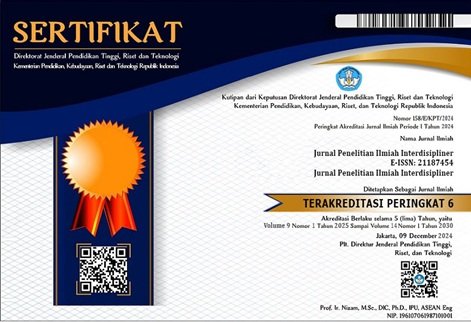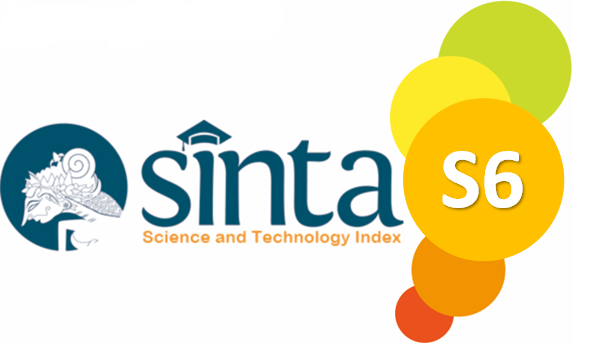PENERAPAN MODEL PEMBELAJARAN CONTEXTUAL TEACHING AND LEARNING UNTUK MENINGKATKAN HASIL BELAJAR ILMU PENGETAHUAN ALAM DAN SOSIAL (IPAS) PADA SISWA KELAS IV DI MADRASAH IBTIDAIYAH MUHAJIRIN TELANAIPURA KOTA JAMBI
Kata Kunci:
Contextual Teaching And Learning, Hasil Belajar, Ilmu Pengetahuan Alam Dan SosialAbstrak
Penelitian ini berfokus pada rendahnya hasil belajar siswa kelas IV dalam pelajaran Ilmu Pengetahuan Alam dan Sosial (IPAS) di Madrasah Ibtidaiyah Muhajirin telanaipura kota jambi. Tujuan dari penelitian ini adalah untuk menilai seberapa efektif model pembelajaran Contextual Teaching and Learning (CTL) dalam meningkatkan hasil belajar siswa. Metode yang digunakan adalah penelitian tindakan kelas (PTK), yang dilaksanakan dalam dua siklus, masing-masing terdiri dari dua pertemuan. Pengumpulan data dilakukan melalui observasi dan tes untuk mengevaluasi hasil belajar siswa. Hasil penelitian menunjukkan bahwa penerapan model CTL berhasil meningkatkan hasil belajar siswa. Persentase siswa yang mencapai Kriteria Ketercapaian Tujuan Pembelajaran (KKTP) naik dari 66,67% di siklus I menjadi 88,89% di siklus II. Selain itu, partisipasi siswa dalam pembelajaran juga meningkat, terlihat dari keaktifan mereka dalam diskusi dan presentasi. Dari hasil temuan ini, dapat disimpulkan bahwa model pembelajaran CTL tidak hanya meningkatkan nilai akademis siswa, tetapi juga membuat mereka lebih terlibat dalam proses belajar. Oleh karena itu, disarankan agar model CTL diterapkan secara konsisten di MI Muhajirin dan sekolah-sekolah lain untuk mencapai hasil belajar yang lebih baik.
The research focuses on the low learning outcomes of fourth-grade students in the subject of Natural and Social Sciences (IPAS) at Madrasah Ibtidaiyah Muhajirin telanaipura kota jambi. The aim of this study is to assess the effectiveness of the Contextual Teaching and Learning (CTL) model in improving student learning outcomes. The method used is classroom action research (CAR), conducted in two cycles, each consisting of two meetings. Data collection was carried out through observations and tests to evaluate student learning outcomes. The results show that the implementation of the CTL model significantly improved student learning outcomes, with the percentage of students achieving the Criteria for Achievement of Learning Objectives (KKTP) rising from 66.67% in Cycle I to 88.89% in Cycle II. Additionally, student participation in learning increased, as evidenced by their active involvement in discussions and presentations. From these findings, it can be concluded that the CTL model not only enhances students' academic performance but also increases their engagement in the learning process. Therefore, it is recommended that the CTL model be consistently applied in MI Muhajirin and other schools to achieve better learning outcomes.





